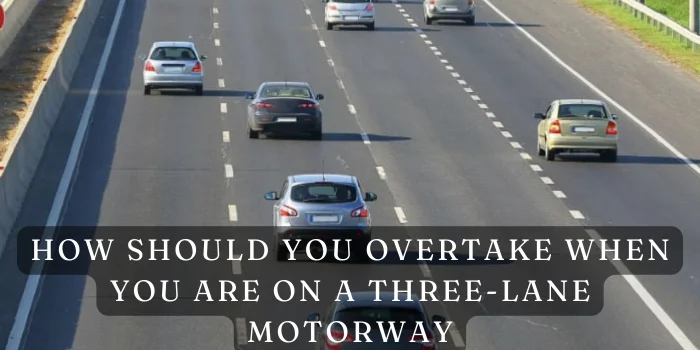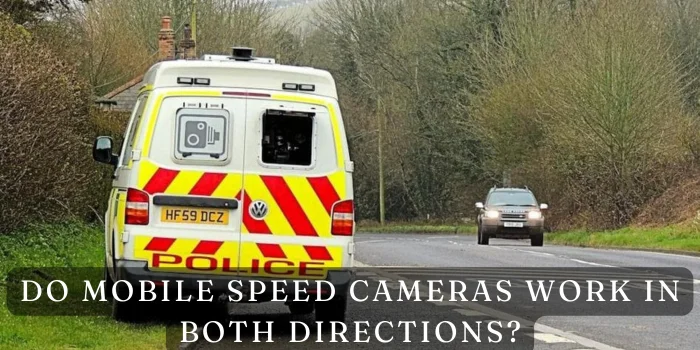What Do Traffic Cameras Look Like?
Have you ever wondered if you drove past a traffic camera without noticing? You’re not alone. Traffic cameras come in various shapes and sizes; recognizing them can be challenging. Knowing what these cameras look like can help you stay within the speed limit and avoid those pesky fines. Let’s break down how you can spot traffic cameras on UK roads.
The Common Features of Traffic Cameras:
Despite their differences, traffic cameras do share some common characteristics.
Size and Shape:
Most traffic cameras are relatively small but noticeable if you know what to look for. Fixed cameras tend to be box-shaped, while mobile cameras might be cylindrical or mounted inside a vehicle.
Colour and Material:
In the UK, many traffic cameras are painted bright yellow. This is meant to make them more visible to drivers. The material is usually metal, designed to withstand harsh weather conditions.
Placement and Visibility:
Traffic cameras are usually positioned in clear view, often at points where drivers are likely to commit traffic violations, like bends, junctions, or long stretches of road. Some cameras are more discreet, especially mobile ones, but most are in places where they can monitor traffic effectively.
Identifying Traffic Cameras on UK Roads:
So, how can you spot these cameras while driving?
Roadside Poles and Gantries:
Look out for cameras mounted on roadside poles or gantries. These are usually fixed-speed cameras. If you see a tall pole with a boxy structure on top, it’s likely a speed camera monitoring traffic.
Box-Style Cameras:
Box-style cameras are the most common on UK roads. These large, yellow boxes are easily noticed and typically positioned on the roadside or near traffic lights.
Dome-Shaped Cameras:
Some newer cameras might be dome-shaped, often used in areas with more sophisticated surveillance. These can rotate and provide a 360-degree view, though they’re less common for monitoring speed or red-light violations.
How to Spot Traffic Cameras at Intersections:
Intersections are hot spots for traffic cameras, especially those monitoring red lights.
Cameras Mounted on Traffic Lights:
If you notice small cameras attached to traffic lights, these are likely red light cameras. They’re designed to snap a picture if you run a red light, capturing your vehicle’s details.
Overhead Cameras on Crossbeams:
Some intersections have cameras mounted on crossbeams above the road. These are positioned to get a clear view of vehicles from above, covering all lanes of traffic.
The Importance of Recognizing Traffic Cameras:
Why should you care about spotting traffic cameras? Understanding their appearance can help you drive more cautiously and avoid fines.
Awareness for Drivers:
Awareness of where cameras are located helps you stay mindful of your speed and driving behaviour. It’s not about tricking the system but about being a safer driver.
Legal Implications:
Ignoring traffic cameras can lead to hefty fines, points on your license, and even a potential court visit. Knowing what these cameras look like can save you from legal trouble.
Conclusion:
Traffic cameras are essential to road safety but can be challenging to spot. By understanding their different types, standard features, and placement, you can become more aware while driving on UK roads. Stay alert, drive safely, and you’ll be less likely to get caught out by these watchful eyes on the road.
FAQs:
Can traffic cameras catch you from behind?
Some traffic cameras can capture images from behind, particularly those designed to monitor traffic in both directions.
Do all traffic cameras flash?
No, not all traffic cameras flash. Some are equipped with infrared technology to take pictures without a flash.
Are traffic cameras always recording?
Only sometimes. Some cameras only activate when they detect a violation, while others may record continuously.
Can you see traffic cameras on Google Maps?
Google Maps may show the locations of fixed-speed cameras, but mobile cameras and some newer types need to be displayed.
How far can a traffic camera see?
The range of traffic cameras varies, but most can capture clear images from a few meters to several hundred meters, depending on the type and purpose of the camera.


